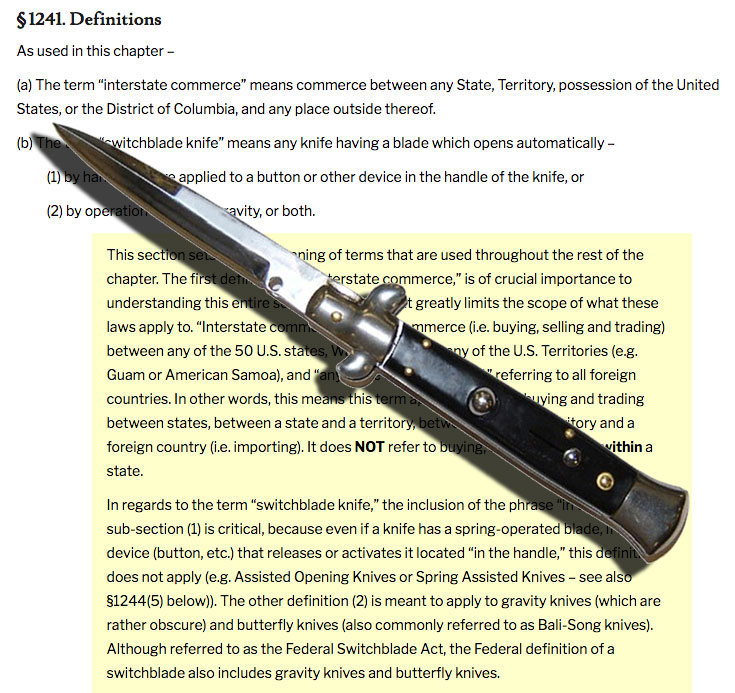
Switchblades: A “Barbaric and Sadistic” Knife?
“Vicious fantasies of omnipotence, idolatry… barbaric and sadistic atrocities, and monstrous violations of the accepted values spring from the cult of the weapon, and the switchblade knife is included in this. Minus switchblade knives and distorted feeling of power they beget – power that is swaggering, reckless, and itching to express itself in violence – our delinquent adolescents would be shorn of one of their most potent means of incitement to crime.” –Representative Sidney R. Yates of Illinois, 1958
The quote above is not from a Hollywood movie or dime novel. A politician in support of the 1958 Federal Switchblade Act said those words more than 50 years ago. To understand why, we need to look at history, society in the 1950’s and a popular magazine from that time period.
History of Switchblades in the United States
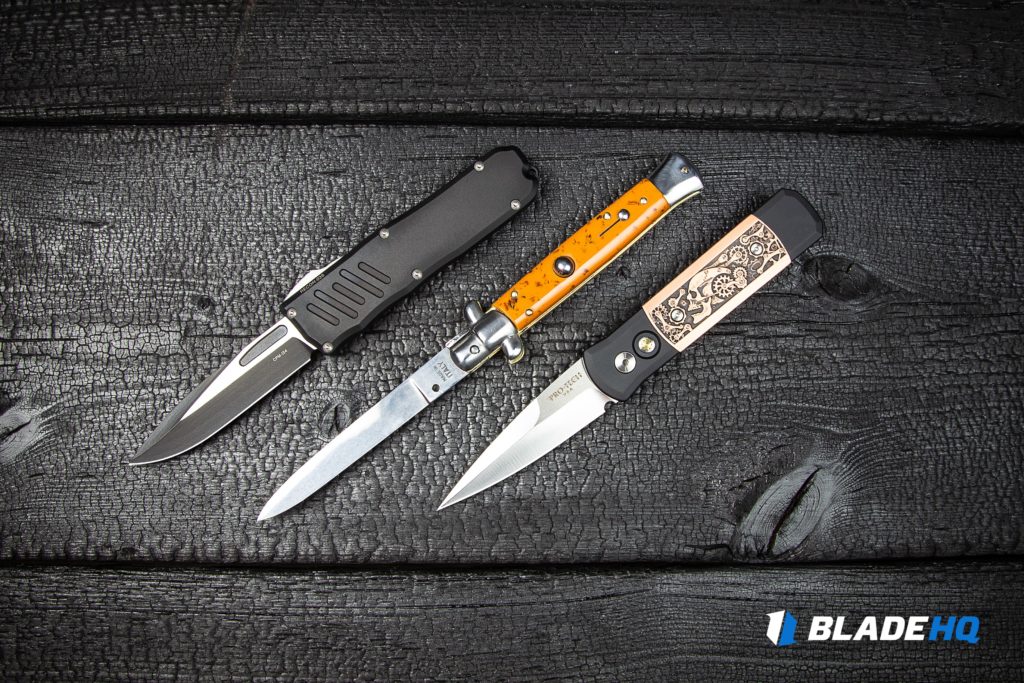
While the word “switchblade” might conjure up imagery of tough guys in the 1950s with leather jackets and stiletto knives, it’s just another term for “automatic knife.” Automatic knives range from the iconic Italian stiletto to the modern OTF (out the front). The defining features are always the same: the blade, biased to open and kept under tension in the handle, deploys at the press of a button or lever on the handle.
The United States led production and distribution of automatic knives for most of the early 20th century, boosted by George Schrade and the onset of mass production. Schrade set up shops all over the country as well as abroad. Schrade produced and advertised automatic knives mostly to and for ranchers, outdoorsman, hunters, and farmers as quick, one-handed utility tools. Business was good, and people liked their snappy, modern Presto pocketknives. Then World War II happened.
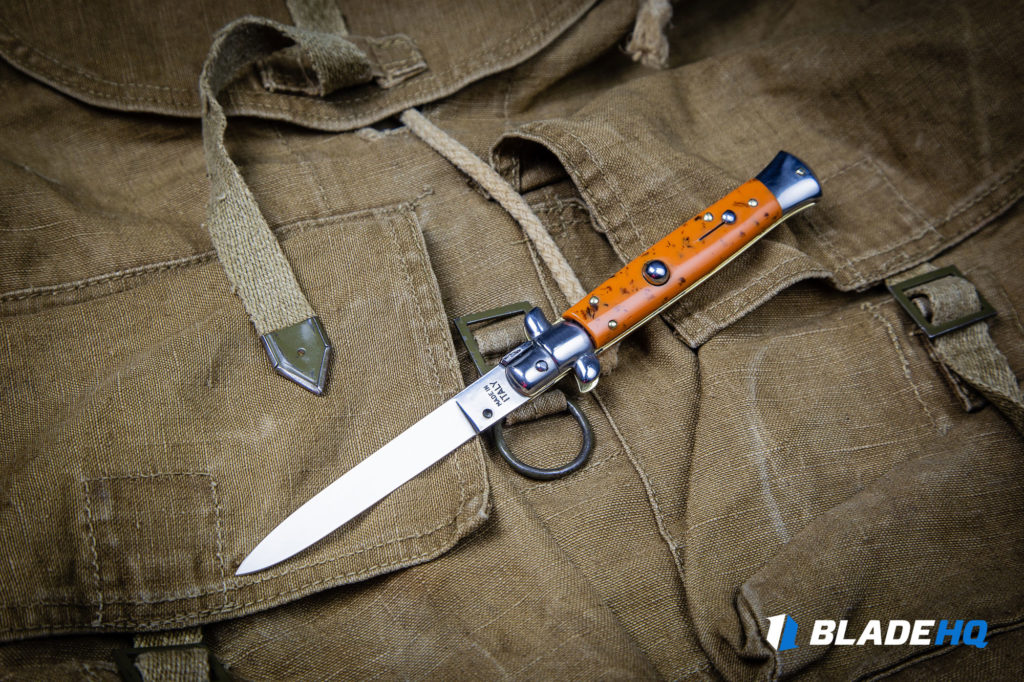
During the war, many U.S. soldiers carried and used Schrade’s automatic knife, but they found something even more attractive while deployed in Europe: the Italian stiletto.
Demand stateside grew as American GIs returned home with these exotic knives, and that led to large imports from Italy. It may have been the sabre-ground bayonet blade, the highspeed look, the undeniably foreign influence or a combination of all three, but it did not take long for the stiletto and, by association, all automatic knives to get noticed by up and coming politicians trying to make a name for themselves as peacemakers and protectors.
Why Switchblades are Illegal: The Toy that Kills

Fast-forward to November, 1950. Subscribers all over the U.S. received their new copy of Woman’s Home Companion. It contained one of the most lurid examples of anti-knife muckraking to ever be written, an article titled, The Toy That Kills. Jack Harrison Pollack, a freelance writer and ghostwriter for then-Senator Harry S. Truman, wrote the article. He filled it with a number of quotes and statistics without ever referencing a single citation. Even in today’s digital world, we have a hard time finding many facts to back up Pollack’s claims.
What exactly was he claiming, you ask? In short, Pollack alerted the mothers of America that the switchblade and the switchblade alone was the sole cause for juvenile delinquency, gang violence and ruined lives. In his own words, “Designed for violence, deadly as a revolver – that’s the switchblade, the ‘toy’ youngsters all over the country are taking up as a fad. Press the button on this new version of the pocketknife and the blade darts out like a snake’s tongue. Action against this killer should be taken now.” The article asserts a handful of shaky anecdotal experiences and dubious statistics.
Pollack offered five tips for the concerned mother, condensed into the following:
- Make sure your kid is not carrying a switchblade.
- Make sure to “de-glamorize knife-carrying” in general.
- Use all your power as a mom and wife to get knives out of stores. (He even included verbiage for signs to hang up in stores.)
- Help police round up “dangerous knives,” even though there were no significant bans or laws in place at the time.
- Work on a state and national level for switchblade bans that are to be “strictly enforced.”
The end of Mr. Pollack’s article also marked the end for easy automatic knife use and possession in the United States.
Pop Culture Origins of Switchblade Ban
The Toy That Kills was the match that started a switchblade wildfire throughout the country. Newspapers ran embellished stories about gang violence and switchblade use. State legislatures started looking into the “issue,” and New York became the first state to ban automatic knives in 1954.
Even Hollywood jumped in on the frenzy. Movie studios released no less than six major titles in just as many years that included Rebel Without A Cause, 12 Angry Men and West Side Story. Every one of these blockbusters placed the switchblade front and center as a tool for violence and delinquency.
The 1958 Federal Switchblade Act Arrives
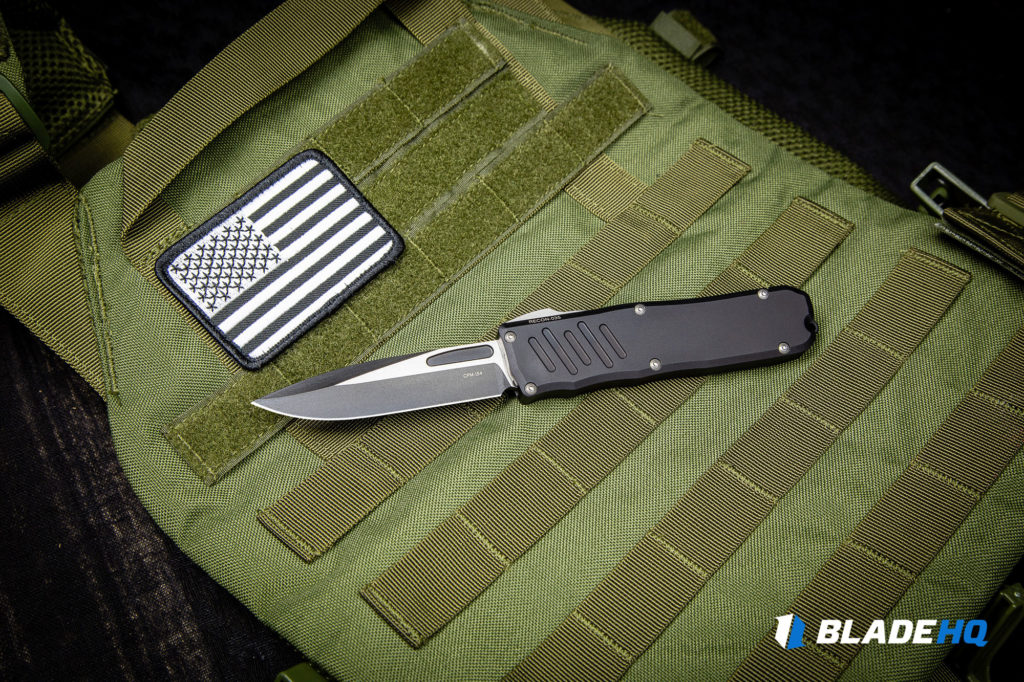
It only took eight short years from the publishing of The Toy That Kills for the issue to make its way to Washington, D.C., in what would become known as the 1958 Federal Switchblade Act. Hearings fielded reports from law enforcement and concerned citizens. However, a lack of hard data pervaded the inquiries.
One well-sourced report came from the police chief of Kansas City, Missouri, which had a population of more than 400,000 people at the time. In the calendar year of 1956, this city reported around three dozen switchblade-related misdemeanors, crimes and juvenile goofing off.
Testimonies also came from the two federal entities that would ultimately oversee enforcing the Act if it passed: the Department of Commerce and the Department of Justice. From William P. Rogers, the deputy attorney general:
“The Department of Justice is unable to recommend enactment of this legislation. The Committee may wish to consider whether the problem to which this legislation is addressed is one properly within the police posers of the various States…Switchblade knives in the hands of criminals are, of course, potentially dangerous weapons. However, since they serve useful and even essential purposes in the hands of persons such as sportsmen, shipping clerks, and others engaged in lawful pursuits, the committee may deem it preferable that they be regulated at the State rather than the Federal level.”
From Secretary of Commerce Sinclair Weeks:
“The intent of these legislative proposals appears to be to improve crime prevention by control of the use of the switchblade knife as a weapon of assault. This approach gives rise to certain objections. One is that, at best, it is an indirect approach which addresses itself to only one of the many implements useable by an assailant. This casts doubt upon the resulting effectiveness in the reduction of crime in relation to its enforcement problems. To us, this ignores the needs of those who derive and augment their livelihood from the ‘outdoor’ pursuits of hunting, fishing, trapping, and of the country’s sportsmen, and many others. In our opinion there are sufficient of these that their needs must be considered.”
At the time (and in retrospect), many of the lawmakers agreed with the quotes above but said they were acting symbolically against crime. In other words, they made themselves look good to their constituents while doing little concerning the issues they claimed to care so much about. And so, on August 12, 1958, congress enacted Public Law 85-623, more commonly known as the Federal Switchblade Act.
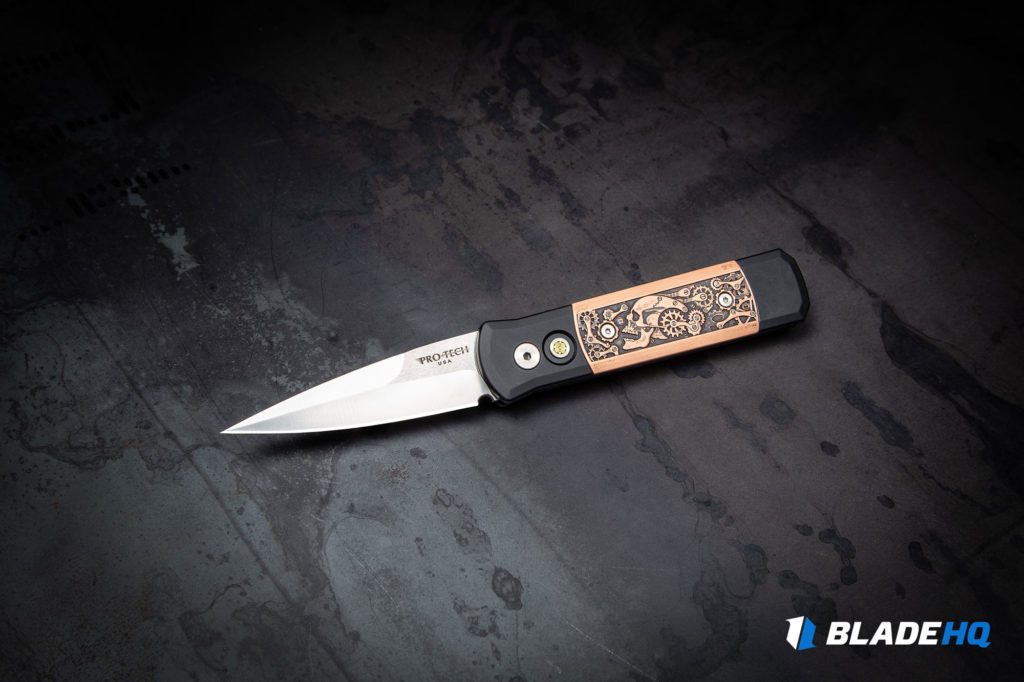
The Act itself dealt with banning certain transportation and sales of automatic knives, as well as outright banning automatic knives in certain areas and places nationally. It also defined by law what a switchblade was:
“The term ‘switchblade knife’ means any knife having a blade which opens automatically-by hand pressure applied to a button or other device in the handle of the knife, or (2) by operation of inertia, gravity, or both.”
All in all, the Federal Switchblade Act is a hard read with more than a handful of seeming contradictions. If you want to dive deeper into what exactly the Act says and how it’s parts work together, we recommend you check out Knife Rights page on the document (https://kniferights.org/resources/federal-switchblade-act/).
Just as the United States had led the way in automatic knife production at the beginning of the 20th century, it led the way for knife legislation in the mid-20th century. As soon as the Federal Switchblade Act was passed, many other countries around the world followed suit and banned switchblade knives. This led to a domino effect in many countries, where owning anything short slip joint with a blade under 2 inches is now illegal.
The Rise of Knife Advocacy Groups
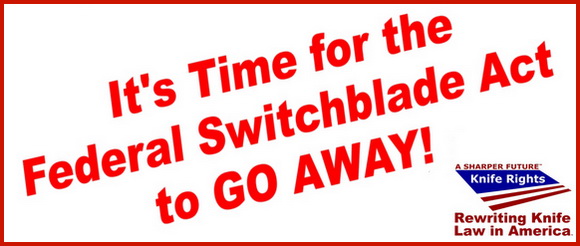
Knife Rights and AKTI are both organizations doing a lot to amend and repeal a law that seems to have been put in place without proper foresight and consideration. With their efforts, they successfully rolled back automatic knife restrictions in 40 states and counting.
One of the biggest wins for the knife world came in 2009 when the U.S. Customs and Border Protection (CBP) tried to reverse prior ruling on assisted opening/spring-assisted knives. Essentially, the CBP tried to define any one-handed opening knife as a switchblade. The revision would have dealt primarily with the importation of these assisted knives. The real concern came from the confusing nature of the Act. If CBP got their way, it would have been easy to extend the restriction broadly on both a national and state level. Luckily, many groups, including Knife Rights and AKTI, stepped up and prevented this from happening.
For knife enthusiasts, supporting Knife Rights and AKTI are the best ways to help revise and repeal the national and state restrictions on what, at the end of the day, is just another knife. Until that day, know your local laws and stay sharp!
Learn More About Knife Laws
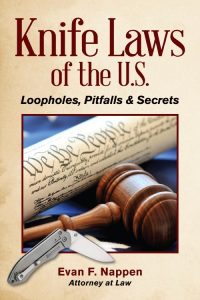 Continue exploring the laws that govern knives in attorney Evan Nappen’s book, Knife Laws of the U.S.: Loopholes, Pitfalls & Secrets.
Continue exploring the laws that govern knives in attorney Evan Nappen’s book, Knife Laws of the U.S.: Loopholes, Pitfalls & Secrets.
 NEXT STEP: Download Your Free KNIFE GUIDE Issue of BLADE Magazine
NEXT STEP: Download Your Free KNIFE GUIDE Issue of BLADE Magazine
BLADE’s annual Knife Guide Issue features the newest knives and sharpeners, plus knife and axe reviews, knife sheaths, kit knives and a Knife Industry Directory.Get your FREE digital PDF instant download of the annual Knife Guide. No, really! We will email it to you right now when you subscribe to the BLADE email newsletter.





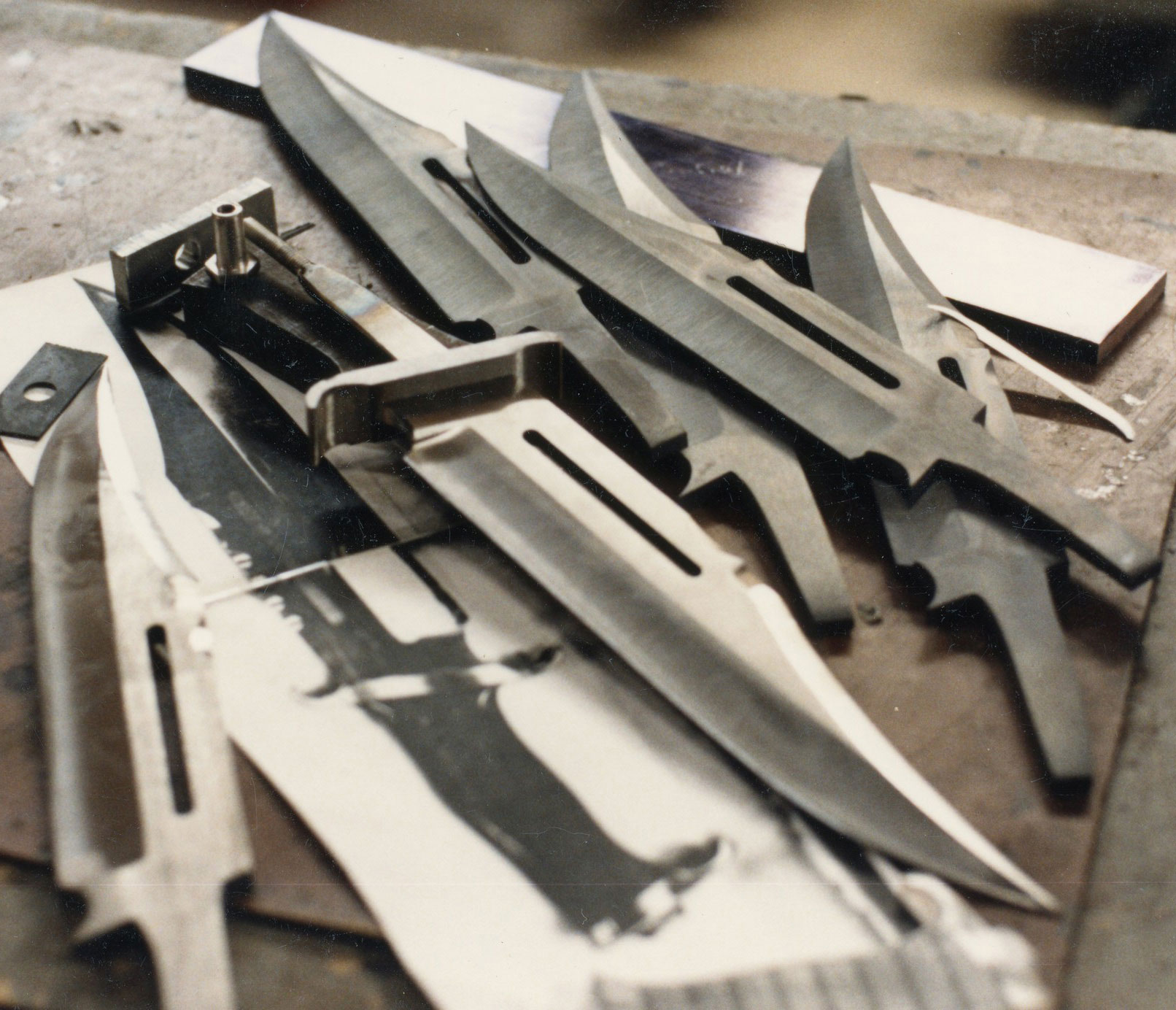

I don’t understand why this is such a big deal. If a knife can be deployed by any means possible, it is still a knife at the end of the day. Our government tends to do stupid things with our tax dollars. Attempting to determine why a knife would be legal or illegal is one of the many things they like to waste money on.
Rather a non-sequitur if you ask me. ANY knife that one can easily deploy, which are many, seem to contradict any kind of actual usage. One can use any folding knife whether it be assisted or just swung open via wrist motion to open matters not. We have better things to waste time on. Leave them be.
Control of switchblade knives was the “foot in the door” for gun control. It was greatly aided by Hollywood with its “Blackboard Jungle” trashy movie.
Common sense shows that no knife is faster than a fixed blade hunting knife whose blade is ALREADY open before you touch it, but anti gun idiots are not long on common sense.
Real Damascus Knives was founded with the idea of being able to give the United States the best Hunting Knife, Real Damascus Knife, Folding Knife, Fixed Blade Knife, Chef Knife, Viking Axe, Bowie Knife & Swords possible.
You should study the history of Damascus blades. The actual secret of their manufacture was lost in the far past, leaving us only with a host of FRAUDS.